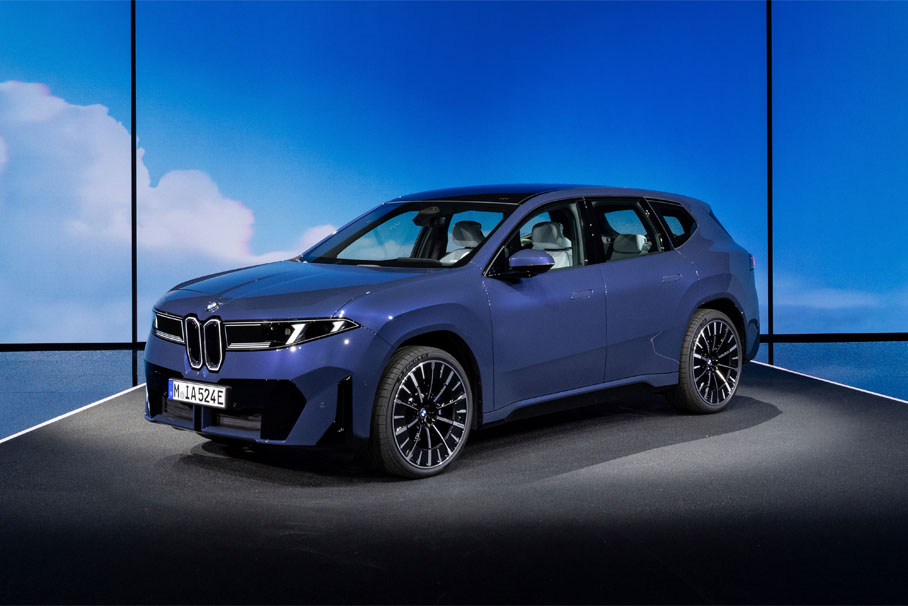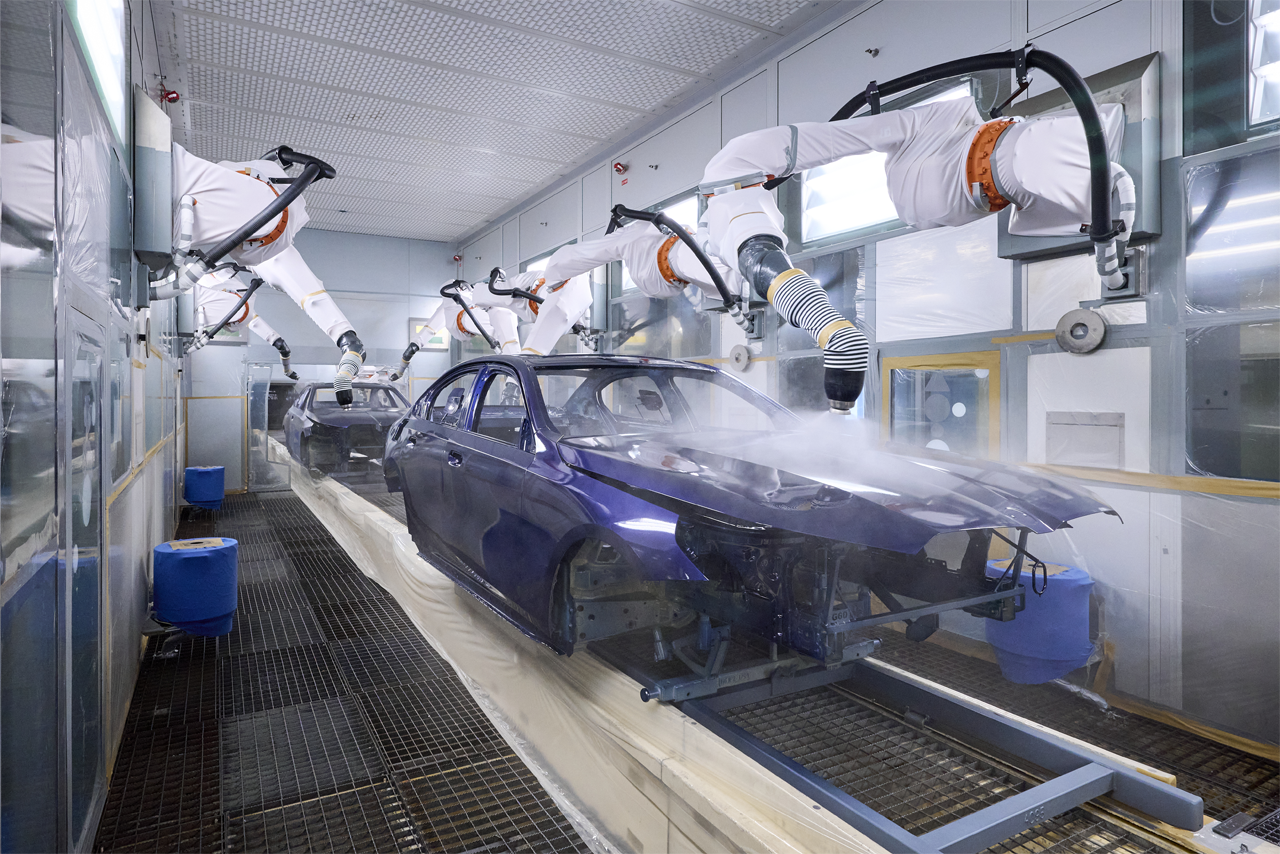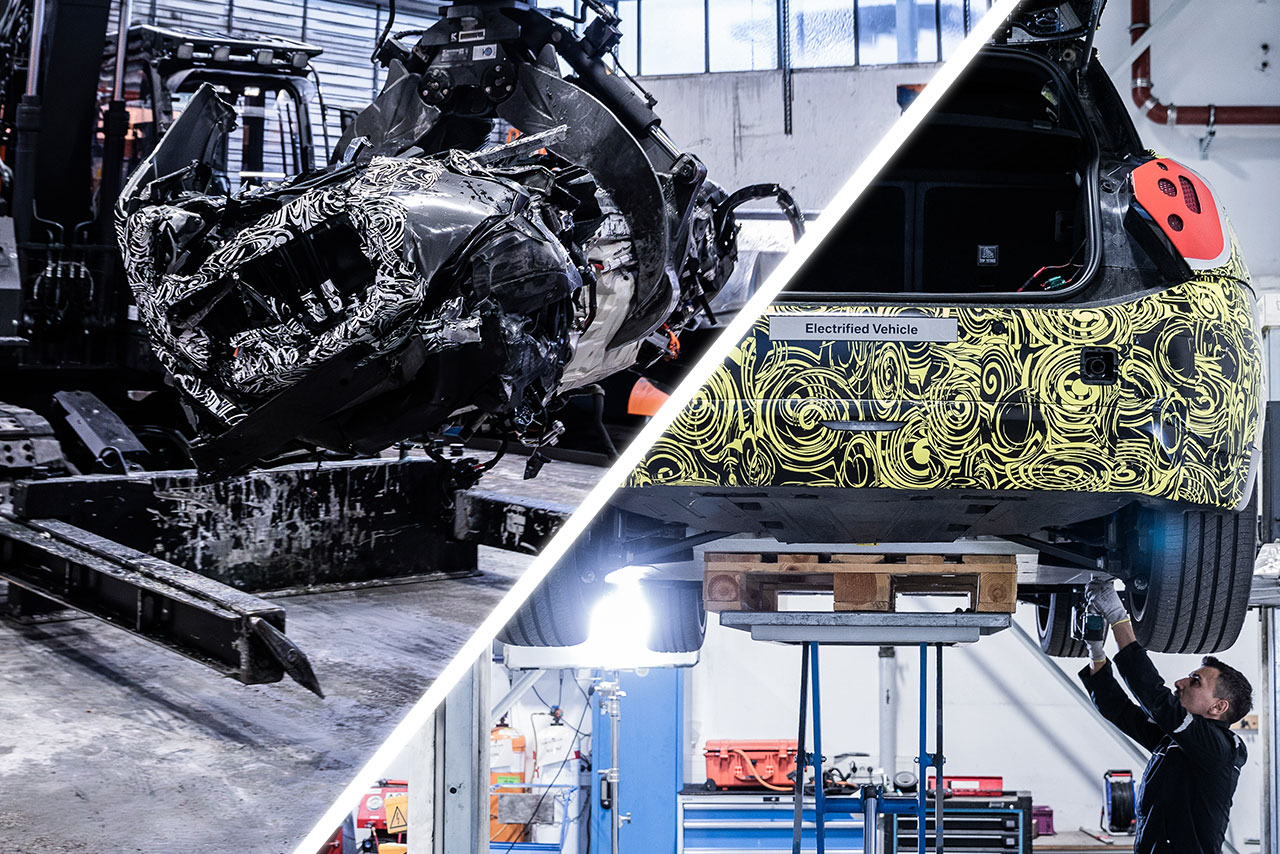What impact do disasters like the current corona pandemic have on the flow of traffic in our cities? Who gains from mobility and what conclusions should cities draw? A current BMW Group study provides answers to these questions.
The primary focus of the analysis “Urban Mobility / Regulation after Covid-19” is on the current developments of megacities in China, the United States of America and the European Union. According to it, BMW Group data experts paint a comparable picture almost everywhere: Since the emergence of Covid-19, people’s normal mobility behaviour has declined significantly. In March, for example, by 48 percent. With an increase of 80%, the most marked impact was on land and air transportation.
But the decline in the use of local public transport was or remains spectacular: In all regions, the use of underground railways or busses has decreased by up to two thirds. However, only around 46 percent are willing to do without their own vehicle. “As a rule, this development relates to the fact that many people forgo the shared use of public transport and fall back on other forms of mobility. In Europe, the main focus is on walking and, above all, cycling,” emphasises Monika Dernai, the person responsible for the analysis.
In the meantime, a trend towards reverting to normal mobility patterns did indeed exist, the BMW expert added. However, from this data it was possible to determine further, conclusive developments, because in all markets, the experience of the “mass exodus” from public transport seemed to continue to lead to a preference for individual mobility. Moreover, in the United States in particular, the frequency of travel from the workplace, for example, in favour of more home office solutions could decline. “In Europe, however, the culture of being present at the workplace is still too strong for the home office to have any significant rapid impact on mobility behaviour,” Dernai presumes.
However, especially in Europe, a trend that already began to emerge before the outbreak of the pandemic will probably establish itself: Cities will extend their efforts in the field of environmental protection, because the emerging climate crisis and the positive effects (on traffic and air quality) of the current significant decline in mobility have further strengthened the desire for more sustainability. Therefore, Dernai added, in Europe for example, the improvements and further development of the bicycle traffic infrastructure would be implemented considerably faster. Signs of this are already emerging today. Furthermore, municipal authorities are likely to focus more intensively on regulations giving preference to vehicles with low emissions. Solutions such as electric car sharing or the chances offered by automated driving and digitalised, enhanced traffic management will then become increasingly more important.
The current analysis “Urban Mobility / Regulation after Covid-19” is an integral part of the surveys on mobility behaviour in around 25 major cities. The studies are made available to cities as a basis for discussion involving experts and the general public.
















